Mining Safety Best practices and technology
Mining safety and high productivity
Safety hazards in the mining industry may be more prevalent than in any other work environment. However, proactive measures safeguard miners and productive operations. With this peace of mind, safe mining is possible without hurting your productivity. Digital technologies such as wearables and collision avoiding systems can help you achieve mining safety and operational excellence in a big way.
Despite safety being a top priority in the mining industry, operations and profits are legitimate targets. Therefore, boosting mining safety and productivity needs to be a top priority. Consequently, governmental bodies implement mining safety standards and regulations to try and reduce the hazards and risks while stepping up productivity in mining.
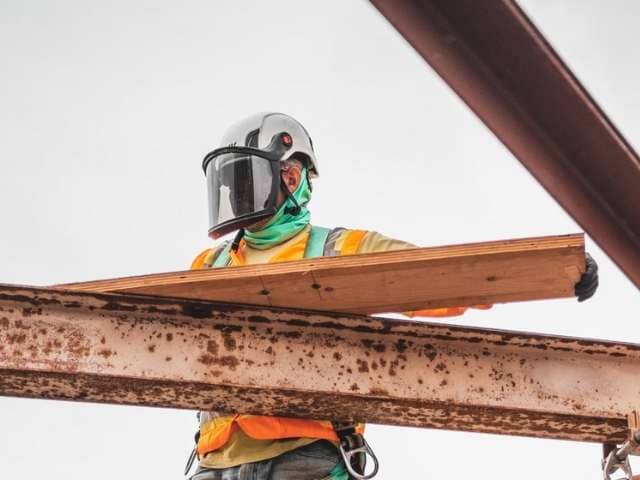
Toolbox talks: Improve safety at the workplace
Mining safety relies on training and standards. It is important to ensure effective training sessions, and one easy way to do it are toolbox talks.
To increase awareness of workplace hazards and improve safe behaviour, toolbox talks are an easy way to keep safety front and center in their workers' minds. These short pre-written safety meetings are not intended to replace formal OSHA safety training but to supplement it. Worker safety is a top concern.
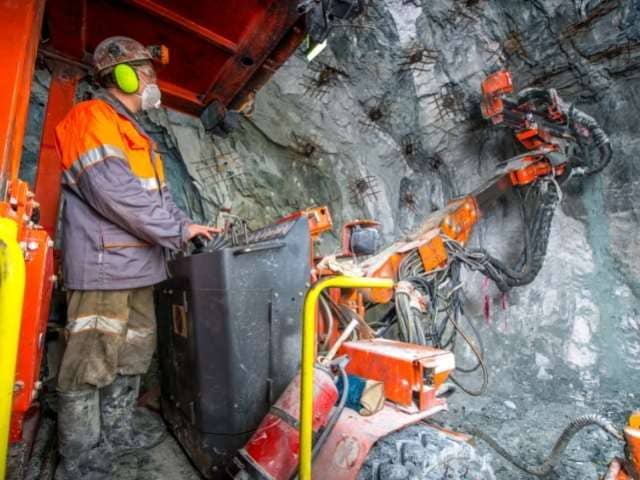
Mining Safety: Blast mitigation
Blast mitigation is an essential topic for mining and tunnelling. We compiled a list of practices how to mitigate blasts to increase safety in mines and tunnels, but list also safety equipment and safety challenges.
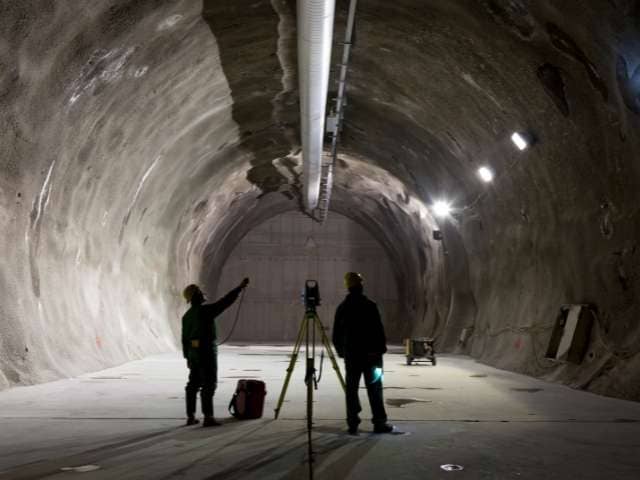
Mining safety practices: 5 safety tips
Mining is a risky business: Being underground doesn't feel natural as it is a harsh environment for humans. Safety is a top priority for mining operations because the areas feature extremes in temperatures, air quality, and impacts. To improve worker safety, we put together five essential safety tips: Assess hazards, maintain a safety culture, wear personal protection gear, keep your equipment in perfect shape, improve visibility.
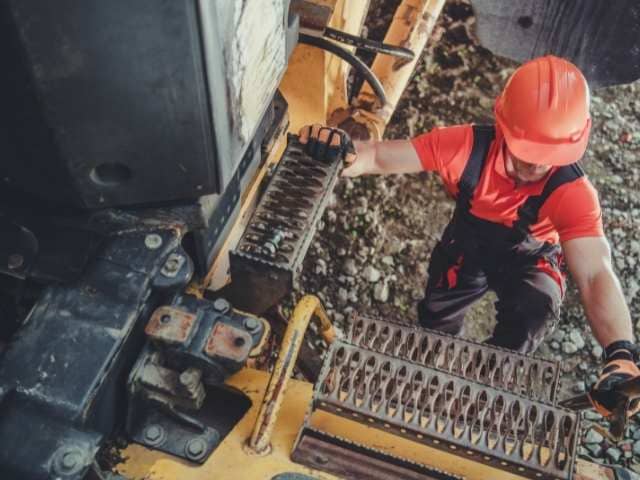
Six ways to reduce the risk of accidents in mines
What we know: Mining involves risky tasks. Mining accidents happen because of equipment malfunctions, explosives, falls, slips, toxic gas leakages, and flooding. Hazards in mines won't disappear, but we can minimize the risk. Follow the 1-2-3 level risk management approach and create broad awareness through a miner safety culture.
We compiled six suggestions for miners to decrease the possibility of a safety risk, including personal protective equipment, mining safety products and mining safety rules and regulations. Let's advance mining safety!
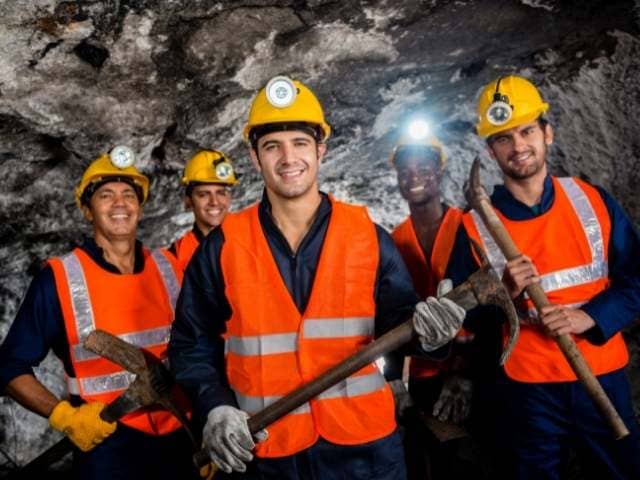
Mining safety practice: 12 more tips
Mining is a risky business: Being underground doesn't feel natural as it is a harsh environment for humans. As a result, safety is a top priority for mining operations because the areas feature extremes in temperatures, air quality, and impacts.
Therefore, we put together another set of essential safety tips like ventilate toxic gases, take lifting precautions, account for extreme temperatures, handle noise levels, prepare for the chance of slips and falls, shut down old shafts, implement rock burst prevention measures, stay aware of fire risks, electrical safety, consider the potential for cave-ins, emphasize communication, take advantage of professional training.
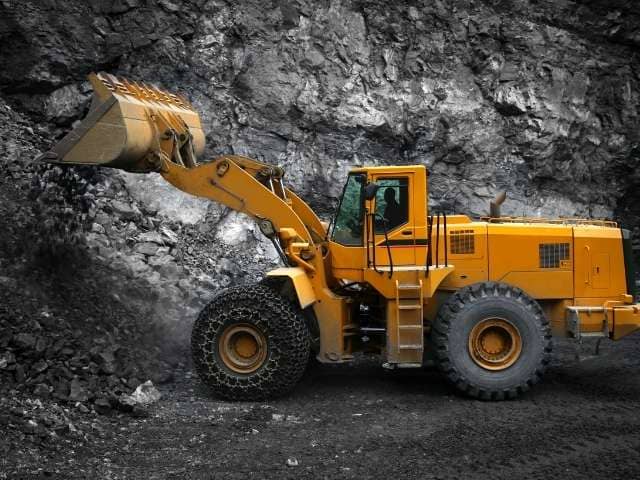
Mining Safety: How to conduct a safety assessment?
How much is your team exposed to risk on the job? Not only does a safety assessment identify potential issues impacting the staff, but this assessment is essential to help you see how (mining) safety risks impact your business.
A safety assessment is a systematic procedure that aims to identify anything endangering any people involved, including workers, contractors, visitors, customers, or the general public. The risk could also result in an otherwise unwanted outcome, including bodily harm, legal or regulatory liability, or loss of property or productivity.
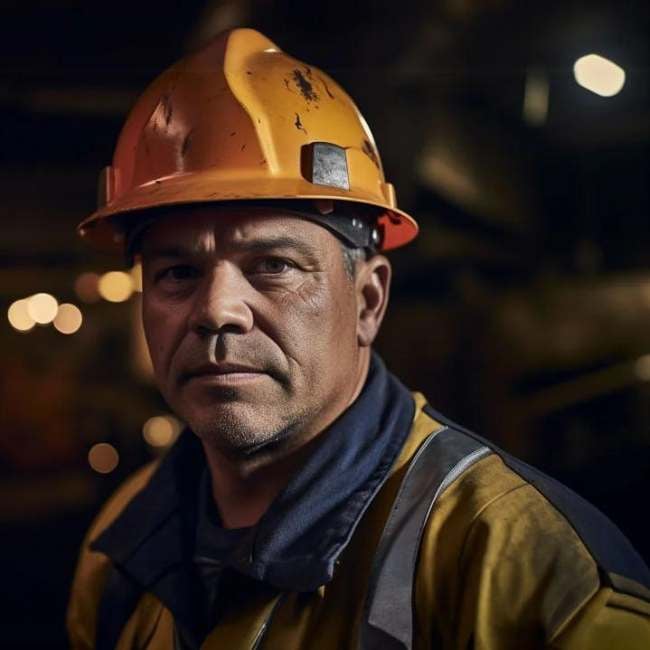
Mining Safety: Training for Supervisors
Safety and preparation are really important in underground mining. Emergencies deep in the mine can be deadly. The mining industry recognises these risks and tries to simulate them with innovative tools and techniques. This practice not only prepares miners for crisis scenarios but also improves safety protocols and response strategies, while being great safety training for supervisors.
A real emergency is unpredictable and stressful, so conventional training isn't enough to prepare people for them. It's for this reason that advanced simulation tools are available. You can learn safety in the mining industry using simulation software replicating underground conditions, augmented and virtual reality systems that immerse you in realistic scenarios.
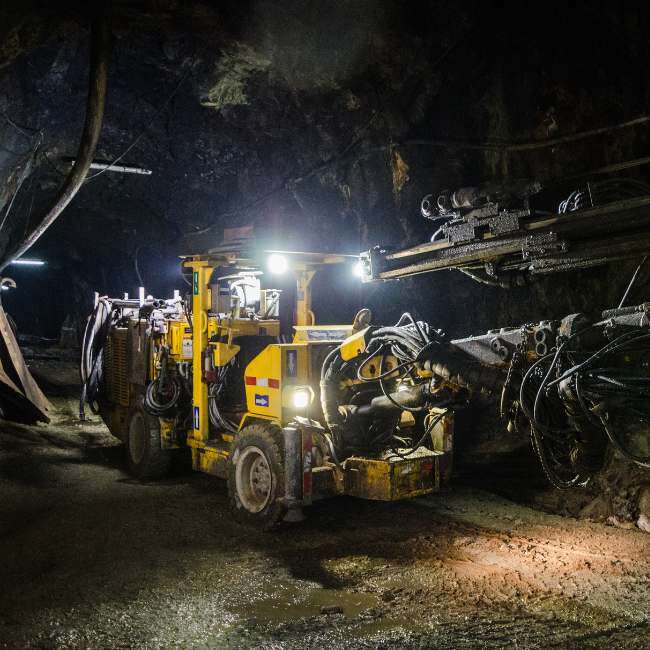
Mining Safety: Lone Worker Monitoring
Lone worker monitoring is crucial in ensuring the safety of employees who face unique risks due to their isolation from others who could assist in emergencies. In industries like mining, where the environment is inherently hazardous, monitoring systems have significantly enhanced health and safety standards. Various methods, including RFID tracking, phone-based check-ins, safety monitoring apps, and dedicated devices, provide accurate and efficient ways to track and assist lone workers. These technologies help address limited oversight, communication delays, and unpredictable environments, ensuring rapid emergency responses and maintaining worker safety and well-being.
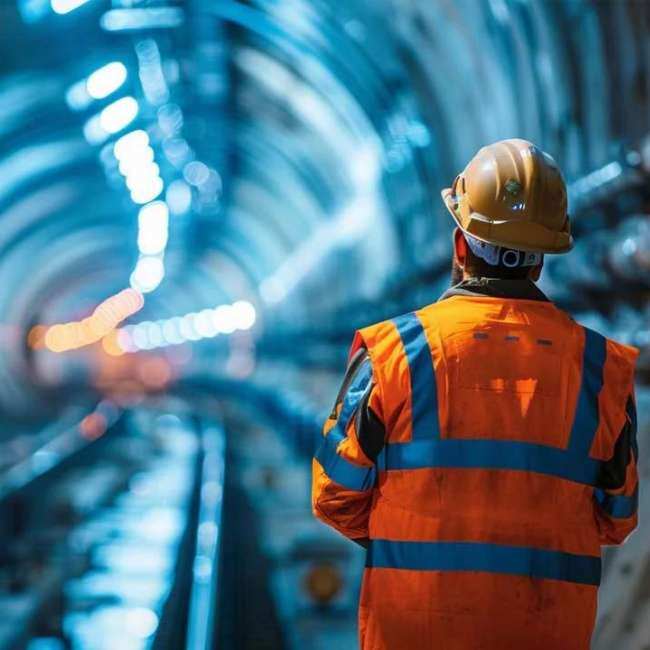
Mining Safety: Challenges in Tunneling
Among the most challenging and technically demanding modes of engineering are the tasks involved in constructing road tunnels. Road tunnels are built to ease traffic flow across mountains, rivers, or through dense metropolitan cities. Such structures drastically improve connectivity, save travel time, and foster economic growth. However, constructing a road tunnel is challenging and dangerous if due care is not taken during the planning and execution processes. We examine the steps in the main process of road tunneling, along with the associated challenges and risks.
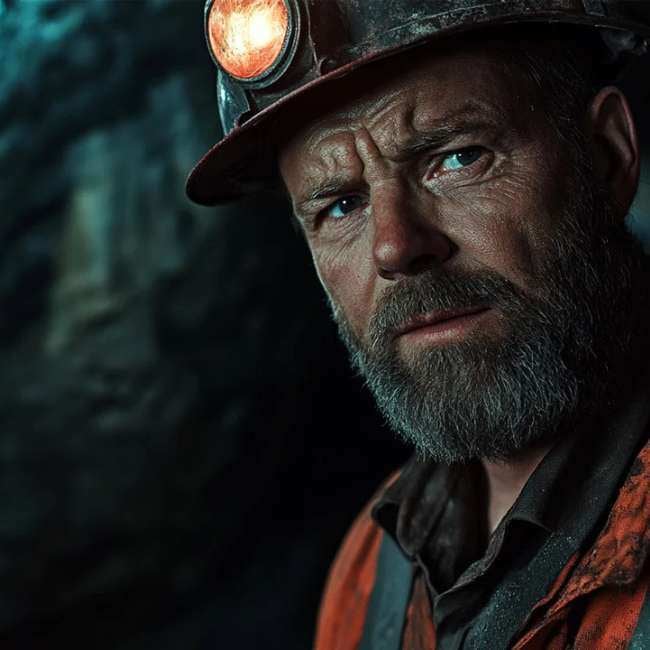
Mining Safety: ATEX
ATEX is the French term "ATmosphères EXplosibles"; it represents the standards and directives governing the equipment and protective systems intended for use in potentially explosive atmospheres. These regulations are critical to industries dealing with ignitable gases, dust, or vapours, including oil and gas, the chemical manufacturing sector, and, most importantly, mining. ATEX classification systems are an important way of ensuring the safety of equipment and personnel working in such hazardous conditions. It is one field that deals with explosive atmospheres, as extracting the minerals in mines often results in flammable gases, such as methane, and fine dust particles that may ignite under certain conditions. Thus, mining equipment should be in full compliance with strict safety regulations, including certification, to prevent accidents and huge explosions.
This article will outline the classification system in detail, what it means, and the corresponding symbols regarding mining equipment. The understanding of all these intricacies related to the standards is so crucial for any personnel engaged in the selection, operation, or maintenance of mining machinery.
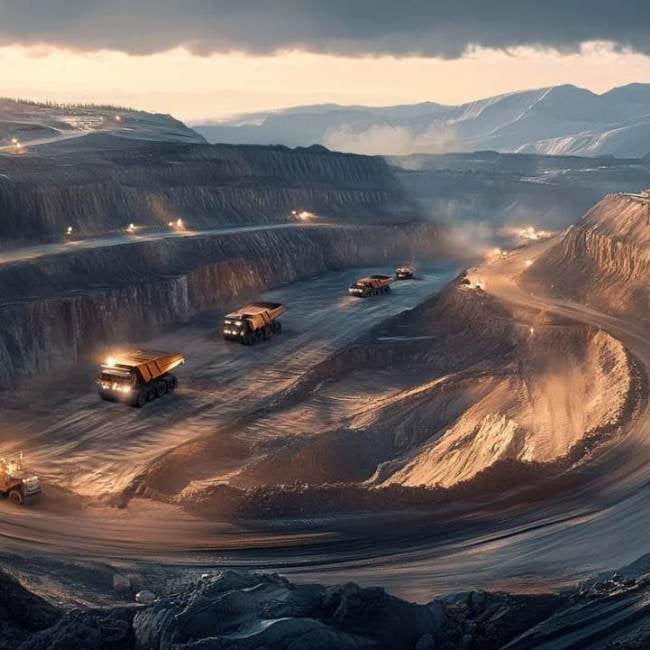
Mining Safety: Topics 2025
Mining remains one of the world's most high-risk industries, where safety is a fundamental pillar of operational success and ethical responsibility. As the sector evolves, companies are adopting technology, data-driven, and culture-based strategies to mitigate hazards and protect workers. In this article, we discuss the key mine safety trends shaping 2025—from automation and AI to immersive training, ESG integration, and heightened regulatory oversight—highlighting how modern mines are redefining what it means to operate safely and sustainably.
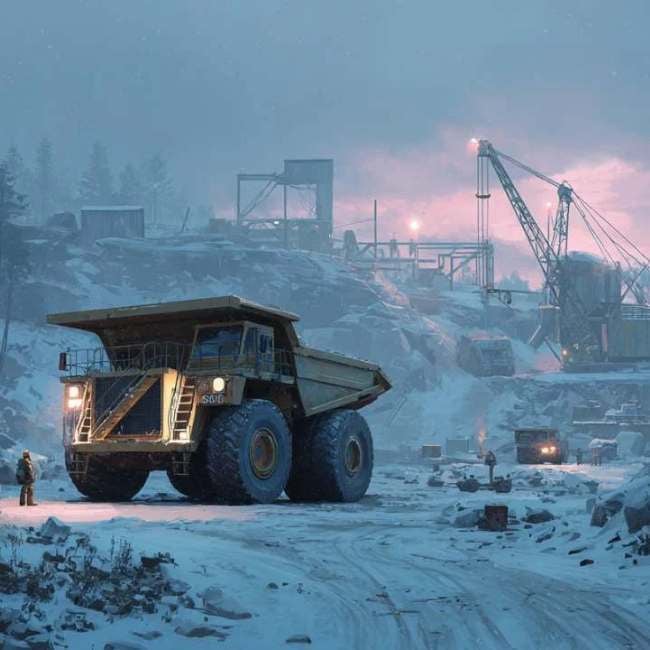
Mining Safety: Electrification
Electrification is rapidly transforming the mining industry, offering solutions to critical challenges such as emissions, ventilation costs, safety, and regulatory pressures. By replacing diesel fleets with battery-electric and hybrid technologies, mines can improve working conditions, enhance productivity, and future-proof operations against tightening environmental standards. Beyond efficiency gains, electrification also reshapes risk management underground, reducing hazards while introducing new safety considerations. In this article, we discuss the drivers, benefits, and challenges of this transition.
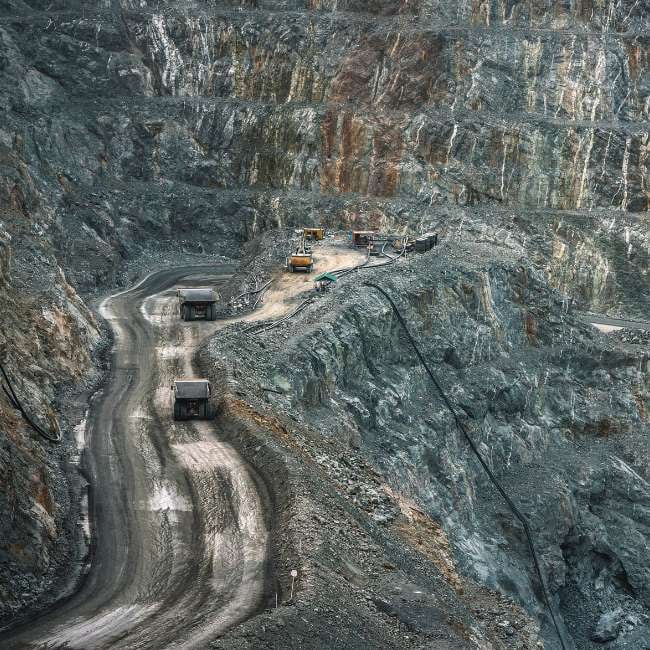
Safety Culture and Mining
In this webinar session, Geir Nerbø will discuss the importance of safety culture in mining. Based on the history of mining tragedies and increased safety standards, Geir shows that compliance with actual safety regulations is not enough.
Safety culture involves everyone and is based on the company-wide understanding that safety is priority number one. The entire organisation is aligned in respecting, providing and striving for a safe work environment.
A great introduction to the safety doctrine.
Underground Mining Safety: Implementing a Positive Safety Culture
As mining has always been a hazardous workplace, safety is a prime concern. Mining safety laws have been essential to provide fundamental layers of regulation but failed to address ignoring or neglecting behaviour.
Installing a mining safety culture within the workplace improves underground mining safety and impacts how employees feel about their company, increasing their positive feelings about their organisation. Worker safety is crucial.
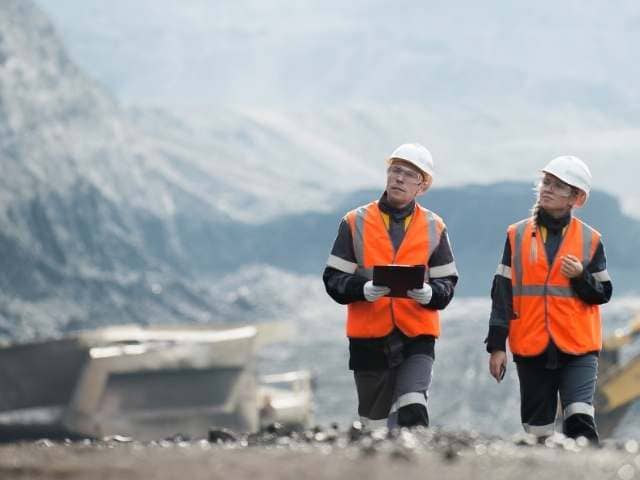
Mining safety: Monitoring solutions protecting the lives of miners
Mines are still one of the most perilous working environments. Sophisticated and innovative mining safety systems like IDENTEC SOLUTIONS' Crew Companion provide visibility and real time information when you most need it.
Today, “Zero Harm” is a popular buzzword throughout the mining industry. Many initiatives have been launched: Changes in the mine design, excavation monitoring, implementation of autonomous systems, explosion-proof equipment etc. And even though all these impressive strides were, the number of annual incidents is still too high. Mines are safety challenges.
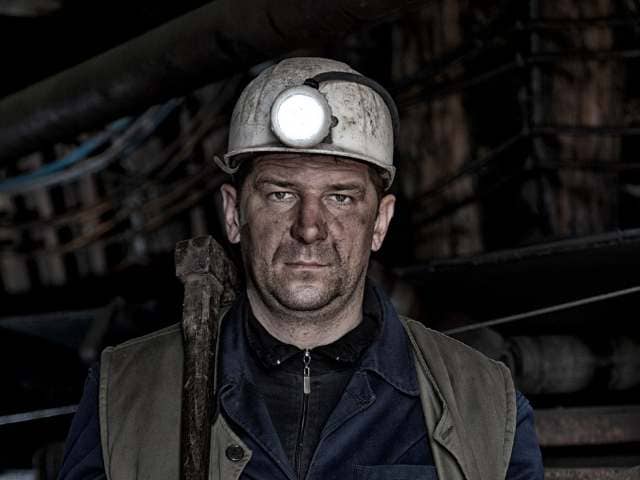
Mining safety: Advanced transparency by miner tracking
LKAB is an international high-tech mining and minerals group that mines and upgrades iron ore in northern Sweden for the global steel market. Their mine in Kiruna, Sweden is the largest and most modern underground iron mine in Europe. Founded in 1890, the company has been state-owned since the 1950s.
LKAB implemented a miner security monitoring in their mines to ensure improved mining safety, real time visibility of personnel and headcount per mustering zone in Kiruna’s underground operations.
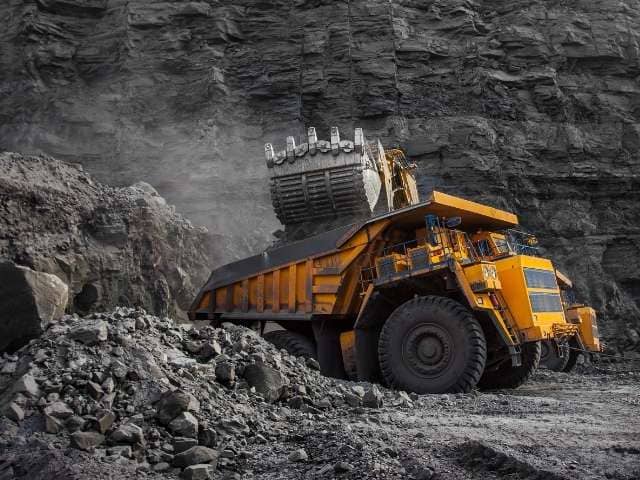
Mining Safety training: Don't waste your time with ineffective methods
Safety training is more than just practice: it offers insights on improved processes and regulations. Wearable transponders play a crucial role in gaining such insights during training. They also prove valuable in avoiding, mitigating and warning of hazards in real work scenarios.
To improve safety and working conditions in mines, advanced mining safety frameworks have been made mandatory. They include preventive measures, regular health checks and the mandatory usage of protective devices, but also regulate the usage of materials and tools, and in addition, the necessary training of miners and mine rescue teams in safety-related matters.
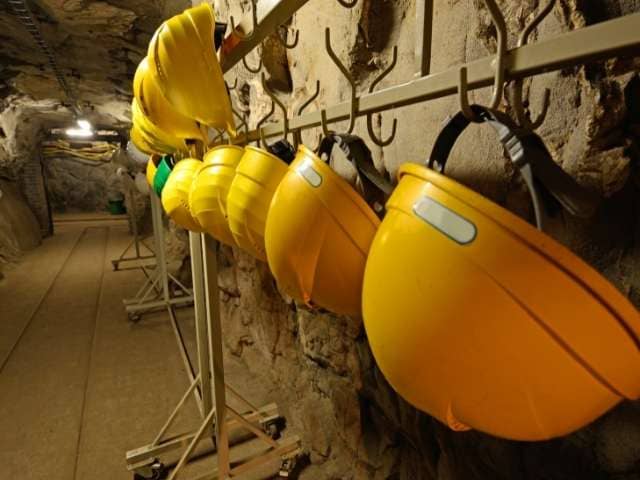
Safety For Mining: How to locate underground
Underground mining is one of the most challenging industries due to the hazardous and complex environments involved. Therefore, safety is of utmost importance in mining, and accurate tracking of equipment and personnel plays a crucial role in ensuring safe and efficient operations. Localisation technologies are increasingly used in underground mining to provide real-time data on the location of equipment and personnel.
This whitepaper will discuss the importance of localisation technologies in enhancing safety in mining operations. Go ahead and learn more!
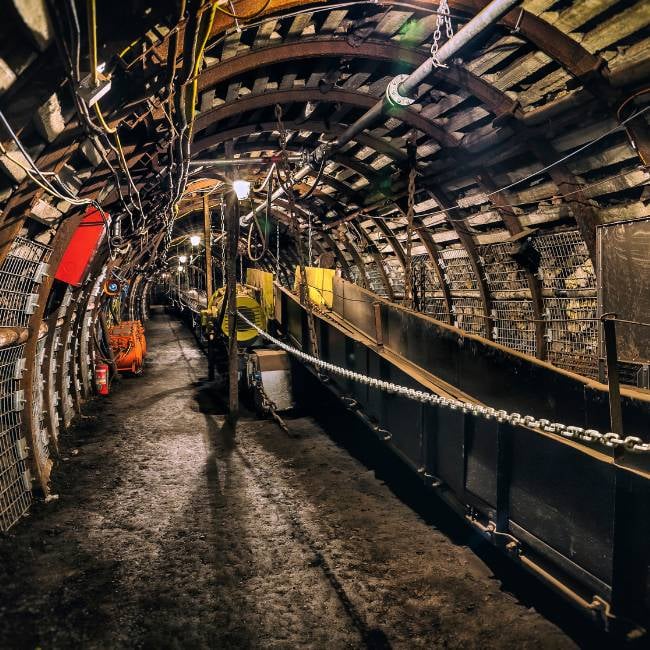
Mining Safety: Why Digital Management?
The mining of natural resources contributes to a significant portion of the world's economy. As the individual country owns underground resources, they regulate ownership, exploitation and mine management by particular laws. Mining is a lucrative business investment, attracting capital and corporations and contributing to the wealth of a nation. Both sides profit from a stable framework and predictable legal rights and obligations.
Many mining countries regard miners' lives as the top priority in the mining industry. A long history of deadly accidents led to strict legislation not only in North America, Europe and Australia. In the aftermath of the 2010 Copiapó accident in Chile, the health and safety regulations were adapted to Western standards, asking for real-time location of miners underground for better worker safety.
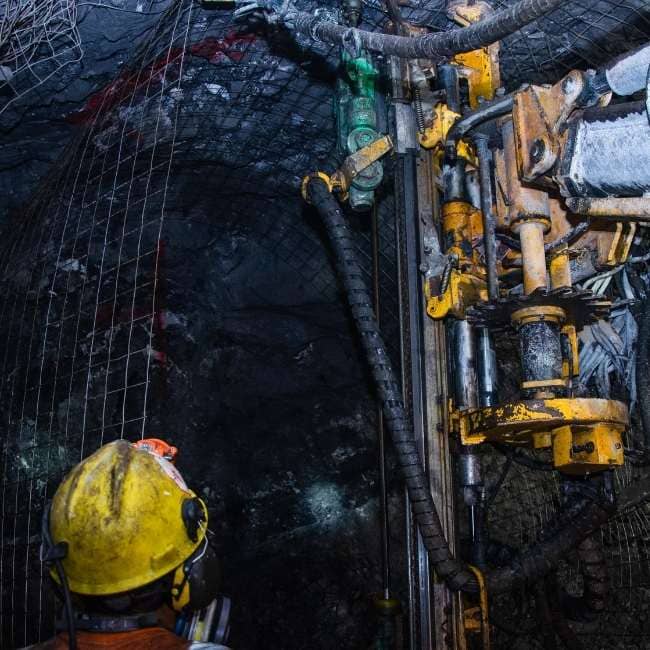
Mining safety & technology: Wearables
In recent years, wearable devices have been introduced as miner technology to support production, health and safety management, and environmental quality monitoring. For example, smart safety helmet gas sensors can alert in case of dangerous concentrations of harmful gases. This blog post explores wearables and their use in the mining industry.
Wearable technology is generally any electronic device worn on the user's body. Such devices can take many forms, including jewellery, accessories, medical devices, and clothing or clothing elements. Wearable devices can be categorised based on their function, appearance, and proximity to the human body. A short list of popular wearables includes smartwatches, smart glasses, fitness trackers, smart clothing, wearable cameras and medical devices. In a mine, they are used as mining safety equipment.
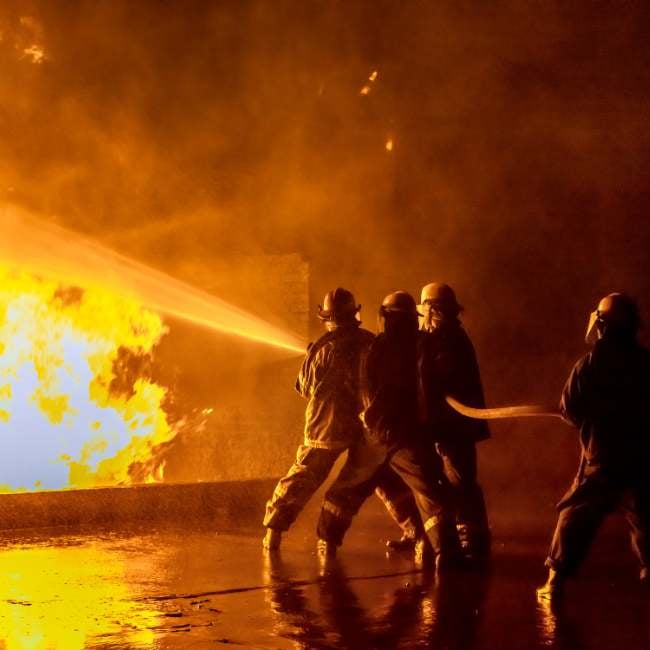
Mining safety, Fire protection and Equipment
Without adequate protective gear, miners risk permanent hearing and breathing problems due to these environmental factors.
Mining companies must minimise these risks, including providing proper respiratory masks and ear protection to their employees. By prioritising the health and safety of their workers, mining companies can ensure that their operations are sustainable and that their employees can continue to work safely for many years to come. In this article, you will learn about equipment that protects miners' safety.
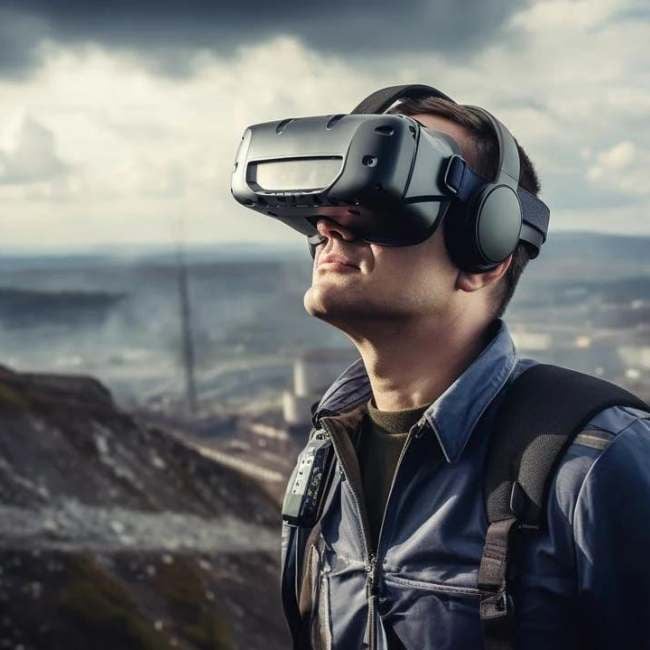
Mining Safety and Training equipment
In the mining world, safety is a top priority because miners deal with dangerous situations every single day. Mining companies really focus on looking for new methods to make things safer, like teaching miners using better, high-technology ways and tools; these help miners know all they have to about avoiding danger. They're getting their hands-on wonderful safety training equipment with simulating technology and help that mixes real things that they need to do with lessons and theory. Miners also practice with situations that are set up to be like they're actually in a mine. they learn how to use what they know in the real world. Trainers also use these up-to-the-second monitoring gadgets that watch how each miner is doing and make sure each person gets what they need from the training; that way, everyone is prepared to stay safe. While discussing all these advanced related things and different teaching methods for keeping everyone safe in mines, we will also show how much these mining teams care about protecting their workers and making sure nothing bad happens.
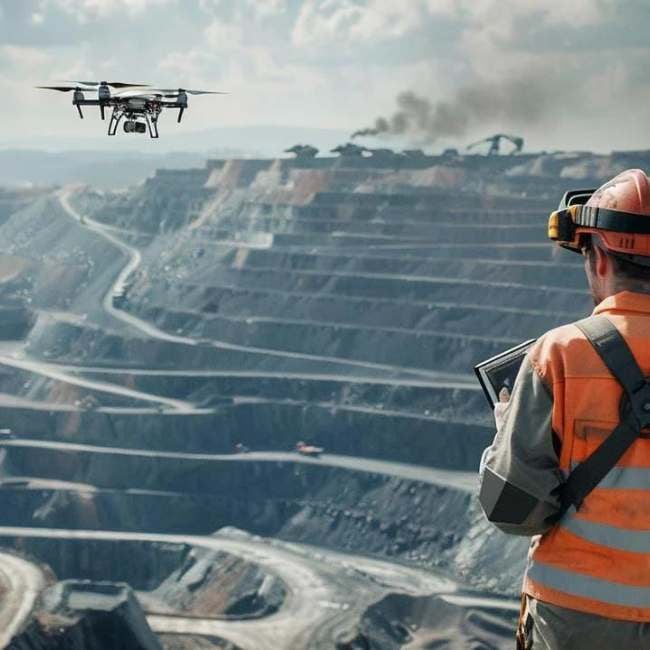
Mining Safety and Mine Monitoring
Mining operations are complex and dangerous, it's extremely important to keep an eye on many things all the time; this helps with keeping miners safe, making sure work goes smoothly, and taking the most advantage of conditions within the mine. Both types of mines - open-pit and underground- come with their own specific issues that need to be kept track of. Constant complex and technological solutions to check on mines keep appearing, changing the industry in how we can understand and deal with many different issues to make sure mining goes well without any trouble. This article is going to share thoughts on mine monitoring and explain why these methods matter a lot for not only keeping miners safe but also for making work extremely efficient and without huge delays which brings the productivity close to zero.
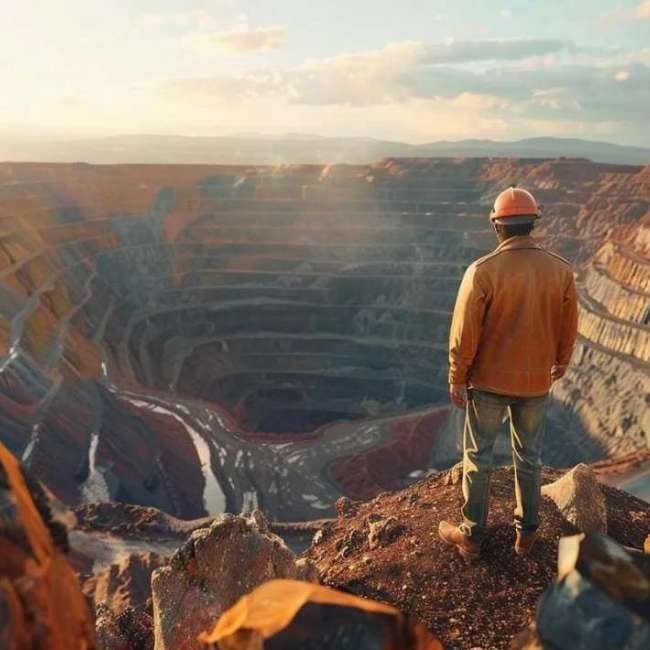
Mining Safety Training Software
In this blog post, we explore the critical role of safety training software in the mining industry, emphasizing its necessity for risk management, compliance, and fostering a culture of safety. Highlighting various software solutions like EHS audit, incident management, and eLearning platforms, we delve into how these tools enhance safety procedures and training effectiveness. The post also examines the impact of technological advancements, such as virtual reality and simulation, on training methods. Through key use cases, we provide insights into creating effective safety training programs, demonstrating the software's pivotal role in promoting workplace safety in mining.
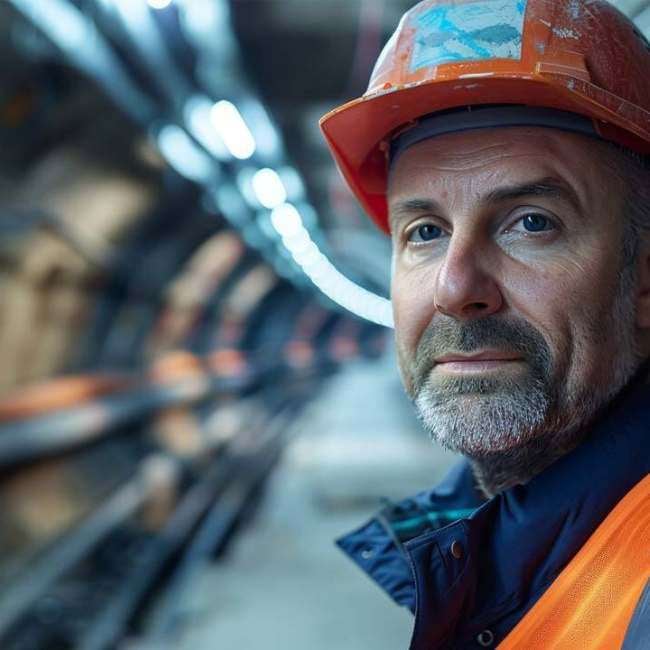
Safety in Tunneling
It is a complex, multifaceted process involving several steps, problems, and hazards. Increasing urbanisation and related infrastructure development make tunneling a required technique for creating underground space for transportation, utilities, and storage. However, careful planning, precise execution, and rigid safety measures in tunneling are required to successfully complete a project with minimum risk to workers and the environment.
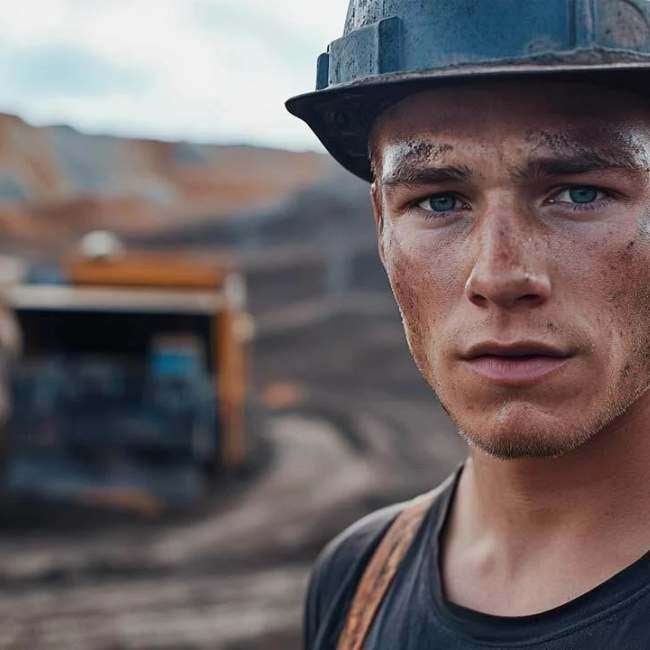
Mining Safety Training Plan
Mining safety is key; the industry is hazardous, one may say. Mining, which includes underground and open-pit operations, presents several hazards that can only be mitigated with an appropriate safety training plan in place. The development and implementation of such plans go beyond theoretical knowledge, dwelling in practical ways where safety can be ensured at all levels of operations. It goes on to discuss, in greater detail, practical methods of designing, implementing, and continually improving safety training plans for both underground and open-pit mining operations while placing great emphasis on real-world practices that improve worker safety and operational efficiency.
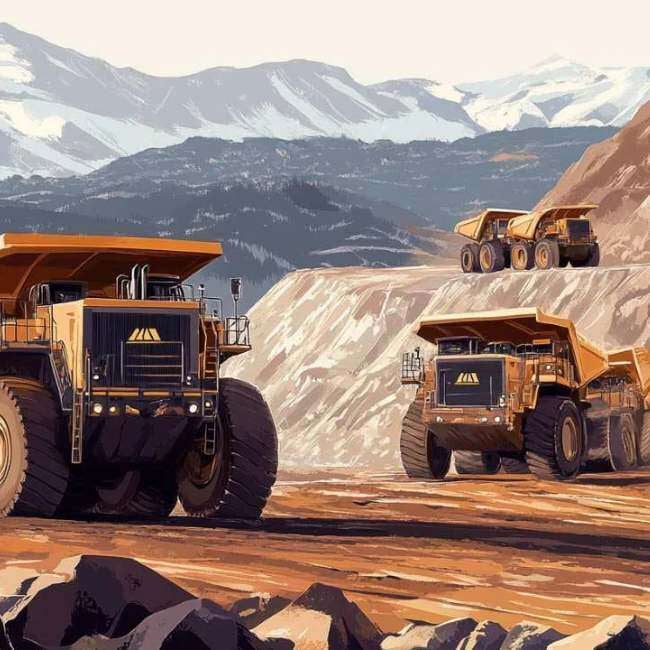
Smart Mining & Safety
Smart mining transforms traditional mining operations by integrating automation, real-time data monitoring, and advanced technologies to improve efficiency, safety, and sustainability. Through connected hardware, predictive maintenance, and autonomous equipment, mining becomes safer and more productive while reducing the environmental impact. Innovations such as personnel tracking and automated blasting enhance both operational speed and worker protection. In this article, we discuss the foundations of smart mining, its benefits for safety and efficiency, and how it shapes the future of sustainable mining.

Smart Mining & Safety Watch Training
A safety watch is the structured practice of monitoring workers and environments to detect hazards and prevent harm, a role especially critical in high-risk industries like mining. Traditionally dependent on human vigilance, it now increasingly integrates digital systems that track conditions, locations, and worker health in real time. In this article, we discuss how safety watch training and electronic crew monitoring combine to strengthen emergency response and create safer, more resilient mining operations.
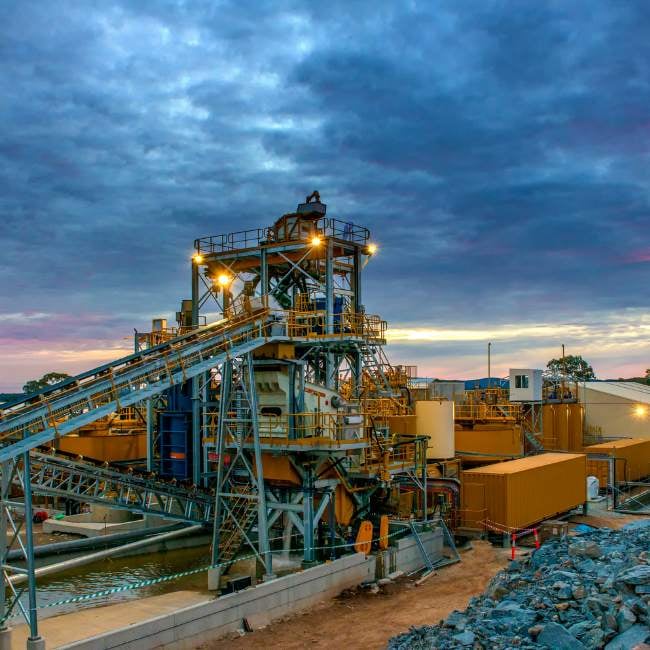
Wearables and Risk Management in Mining
In this webinar session, Geir Nerbø will discuss the current approaches to safety in the mining industry, detailing past disasters and today's challenges. He will describe Risk Management and how it supports the call for zero harm in the mining industry.
Based on this, Geir Nerbø will show you why wearables may be the missing link and how they can assist Risk Management in daily work. Finally, Geir Nerbø will present three use cases to discuss the implementation of RFID wearables in underground mines and tunnels.
Wearables for improved Risk Management in Mining Safety
Miners and mining operations continue to work under potential hazards, despite mining safety regulations that vary across the globe. Proper risk management suggest preparedness how to deal with risks.
Mining safety training is more than just practice: It offers insights on improved safety processes and regulations. Wearable transponders play a crucial role in gaining such insights during training. They also prove valuable in avoiding, mitigating and warning of hazards in real work scenarios, increasing worker safety and reducing safety challenges.
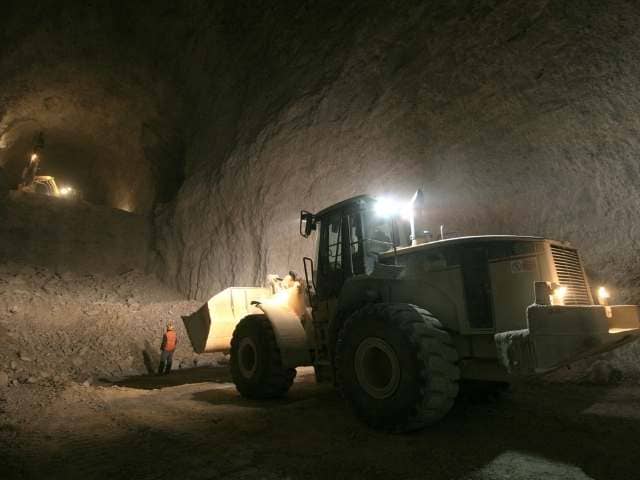
Mining Safety framework: How to integrate transponders?
The way to zero harm is long. In 1977, when the Mine Act in the US was passed, almost 250 miners died that year. It was not a historic year in terms of fatalities; it was rather an average year for the US mining industry. After enforcing the Mine Act, the number plummeted to 73 the following year and became stable at fifty for the next years.
The Federal Mine Safety and Health Act of 1971 was built on the 1969 Coal Mine Health and Safety Act. This mining safety framework consists of five parts. The first block is about comprehensive health and safety standards. These are standards that have been built up over time and rule everything in the mine. The mine operator is responsible for compliance with those standards, and employee misconduct is not a defence to a violation.
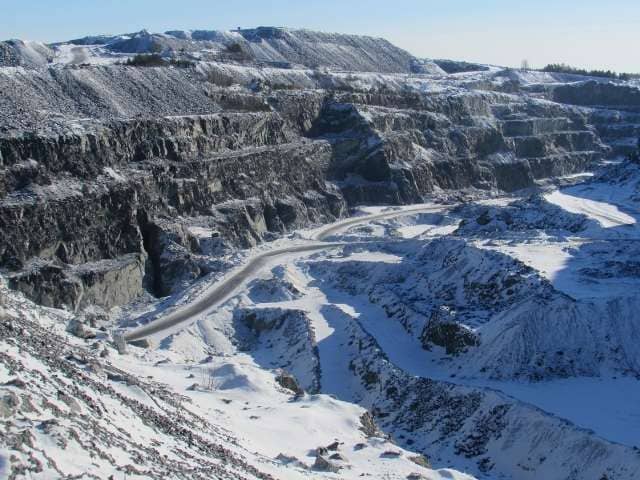
Mining Safety Use Case: Technologies in Real-World Scenarios
Safety and efficiency are the two building blocks in mining successful mining operations. Both depend on each other: the safer operations are, the more efficient. The more efficient processes are, the better controlled. As a result, fewer incidents, fewer production stops, and the better the operational and financial performance will be. As a matter of fact: facilities with an excellent safety record will also showcase higher productivity levels.
RFID-based transponders are at the core of mining safety equipment that track miners to provide visibility deep under, proven by solid use cases in the mining industry. Combined with other cutting-edge technology, mining safety is on its way to zero harm.
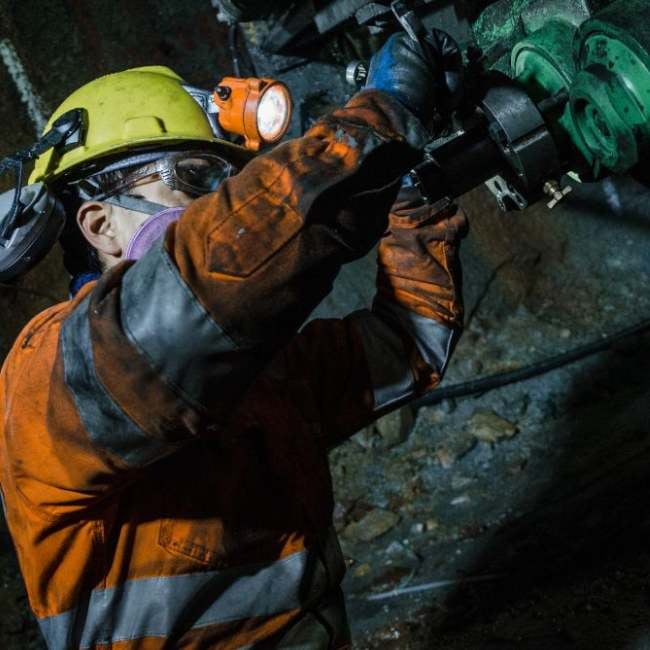
Blasting safety in daily operations
Blasting is a crucial aspect of mining operations that involves the use of explosives to break down hard rock formations and access valuable minerals. However, it is also one of the most hazardous activities in mining and poses significant risks to workers and the environment if not properly managed. In this article, we will discuss various measures that mining companies can implement to ensure blasting safety.
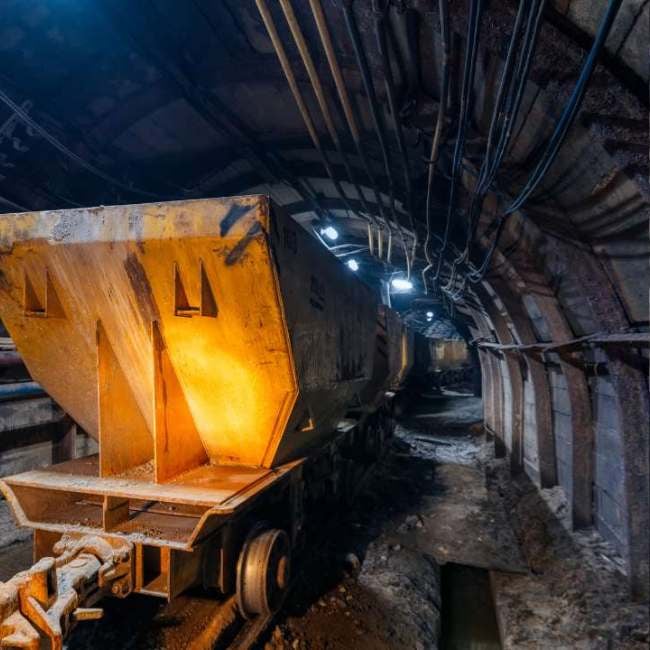
Mining Safety: Evaluation of Underground Safety Technologies
Mining safety is a vast term used to describe activities to control and manage operations and events within the industry, responsible for miners’ protection by minimizing risks, hazards, and accidents. It is designed to prevent injuries, diseases, and death of personnel and damage or loss of assets and equipment. Having this in mind, how does the IoT contribute to reducing the threat, and which technologies are the most common?
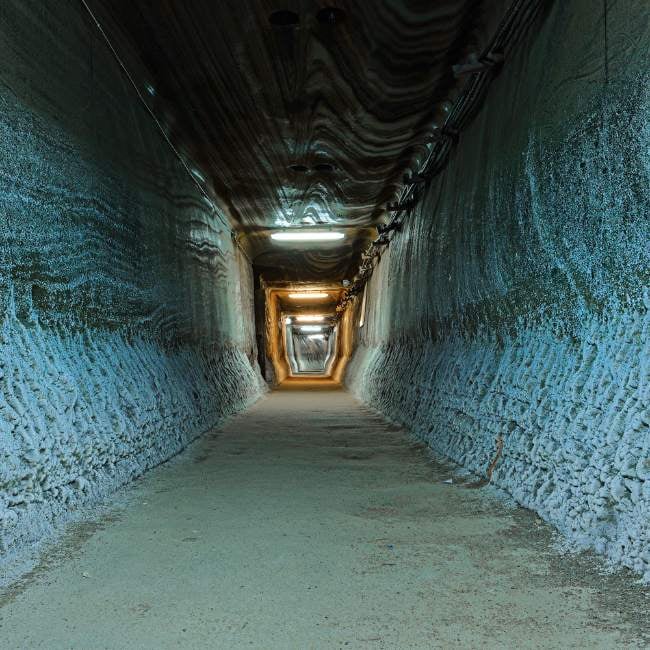
Transponders For Mine Safety
In this webinar session, Geir Nerbø will discuss different tracking technologies, based on RFID, and how they support the call for zero harm in the mining industry. Based on this, Geir Nerbø will show you typical use cases of these distinctive technologies, their advantages and disadvantages.
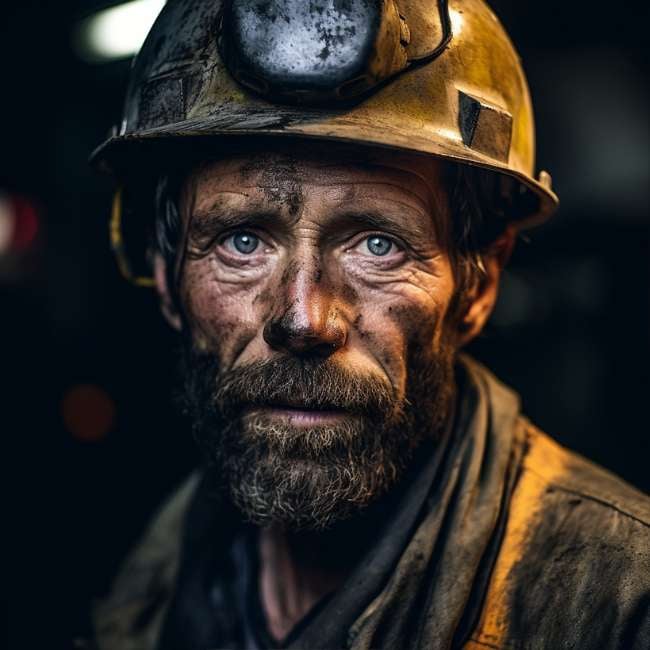
Mining Safety & Training
The harsh realities of underground mining have long been a cause for concern in the industry. From the risk of cave-ins and explosions to exposure to harmful chemicals and gases, the dangers faced by miners are numerous and severe. While the techniques used to extract various minerals may vary, the underlying risks remain the same. Even seemingly innocuous minerals like salt can pose severe risks to miners if proper safety measures are not taken.
As mines get deeper, the risks only increase, with the potential for greater seismic activity, higher temperatures, and more dangerous gases. Therefore, it is vital that mining companies prioritize worker safety and health in all operations, no matter the mineral being extracted or the techniques used to do so. But how do they train and reinforce all the rules?
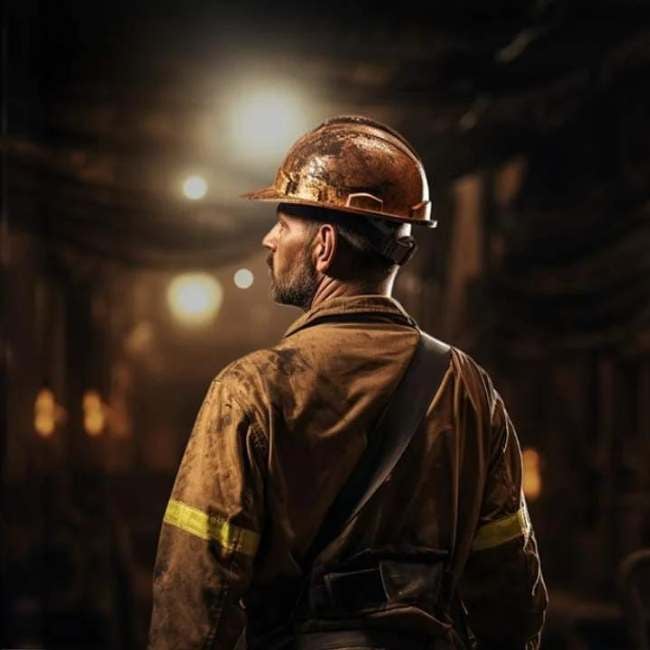
Mining Safety & Equipment
Mining underground is a source of minerals and resources needed for our everyday life. It was never an easy task to excavate them and throughout centuries mine personnel were exposed. The underground world is pretty unforgiving, putting miners' safety on the line due to its tight and tough-as-nails conditions.
In this article, we dive deep and explain in details the importance of tracking technologies. How to incorporate new solutions and how to maintain the safety of the workers and protect them against these risks. The goal is to create underground mining safety equipment at its best.
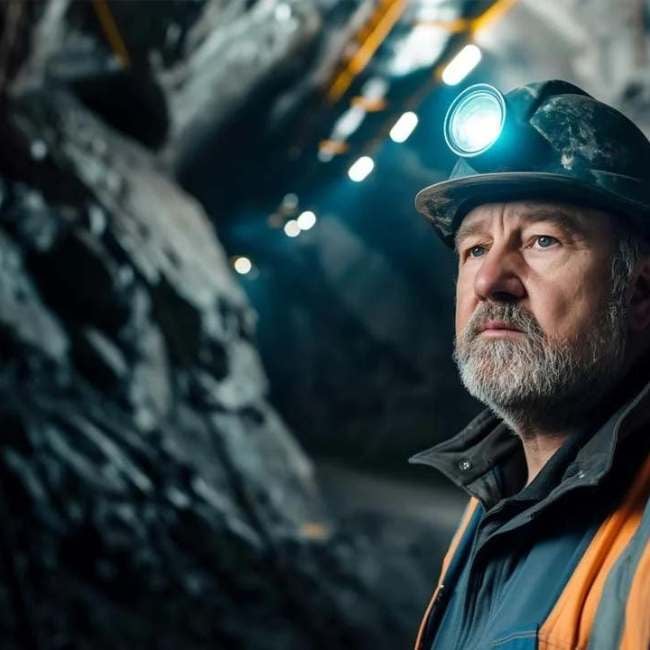
Mining Safety & Training Kits
The American mining industry, had its deadliest year in 2023 in a decade, according to the Mine Safety & Health Administration (MSHA). That's why improving safety and taking proper care of the crew working underground is so important. Luckily, the introduction of safety training kits has changed the way miners are prepared for the risks faced daily in the deep undergrounds. It's not only about first-aid kits but for some years now, the usage of different technologies in elevating the level of safety to higher standards. As going further in this article, we will try to understand different solutions and aspects of the different safety training kits in mining.
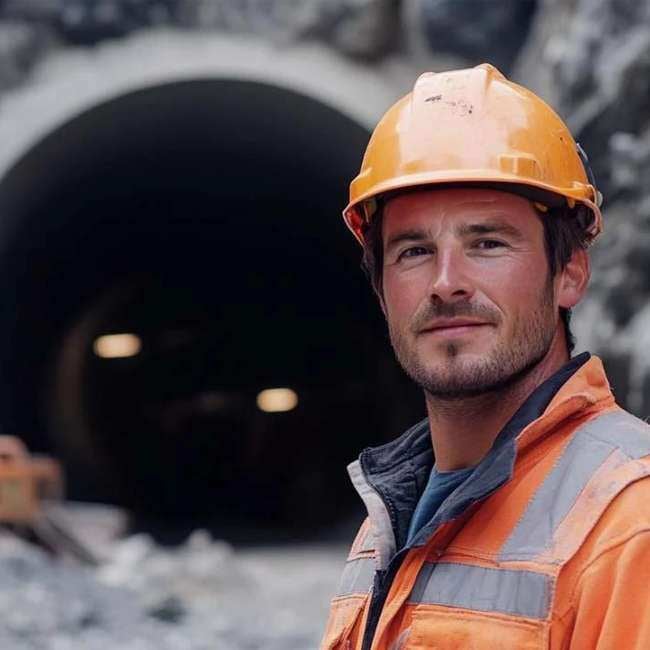
Mining Safety & Tunnel Construction
Work construction of tunnels is indeed one of the most complicated and sensitive engineering tasks that involves great planning, accurate execution, and response regarding safety concerns. Whether carrying traffic, utilities, or even used as shelters, tunnels are important constituents of many infrastructure systems around the world. Building such passages underground is by no means free from troubles. Safety in the construction of tunnels is really a major concern, as the task is indeed hazardous-from possible structural collapses to even fire hazards. Thus, the adoption of advanced safety technologies and procedures for the protection of workers is very important in order to ensure the success of the project. This article explains the processes, the problems arising, the risks involved, and the modern tunnel construction safety technologies, taking as an example the recent modernization currently underway in Austria's Arlberg road tunnel.
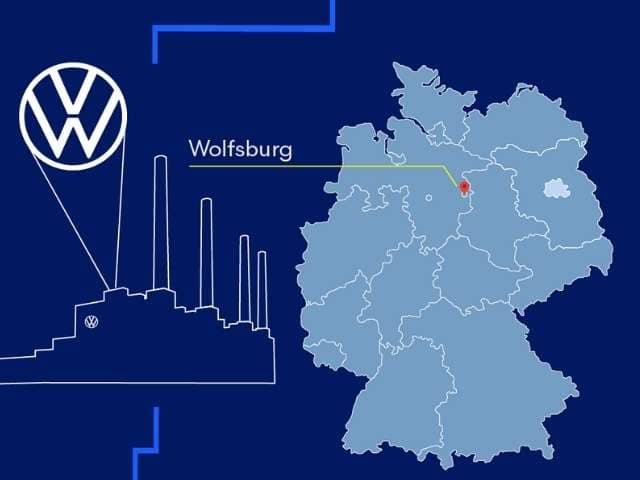
VW Autostadt Infographic
The Autostadt in Wolfsburg focuses on all aspects of mobility. The theme park and educational centre is one of the most popular tourist destinations in Germany. The Autostadt is also the world's largest new car delivery centre and home to the multi-brand ZeitHaus car museum.
LKAB & Mining safety: Reliability for Sustainable Mining
2046. This is the year of the current life expectancy of the Kiruna iron ore reserves at level 1365, which recently increased from about 700 to more than 800 million tonnes. After significant exploration efforts, the resources have increased by 10 per cent compared to 2020. Since the start of mining operations in 1890, LKAB has mined more than 2 billion tonnes in all of its sites in Kiruna, Malmberget and Svappavaara. An absurd big number to swallow.
The iron and steel industry accounts for a quarter of the total industry's global carbon dioxide emissions. At the same time, steel demand is expected to increase by 50% by 2050. For LKAB, the challenging task is to produce iron ore responsibly and innovatively. The answer is to be sustainable in every process.